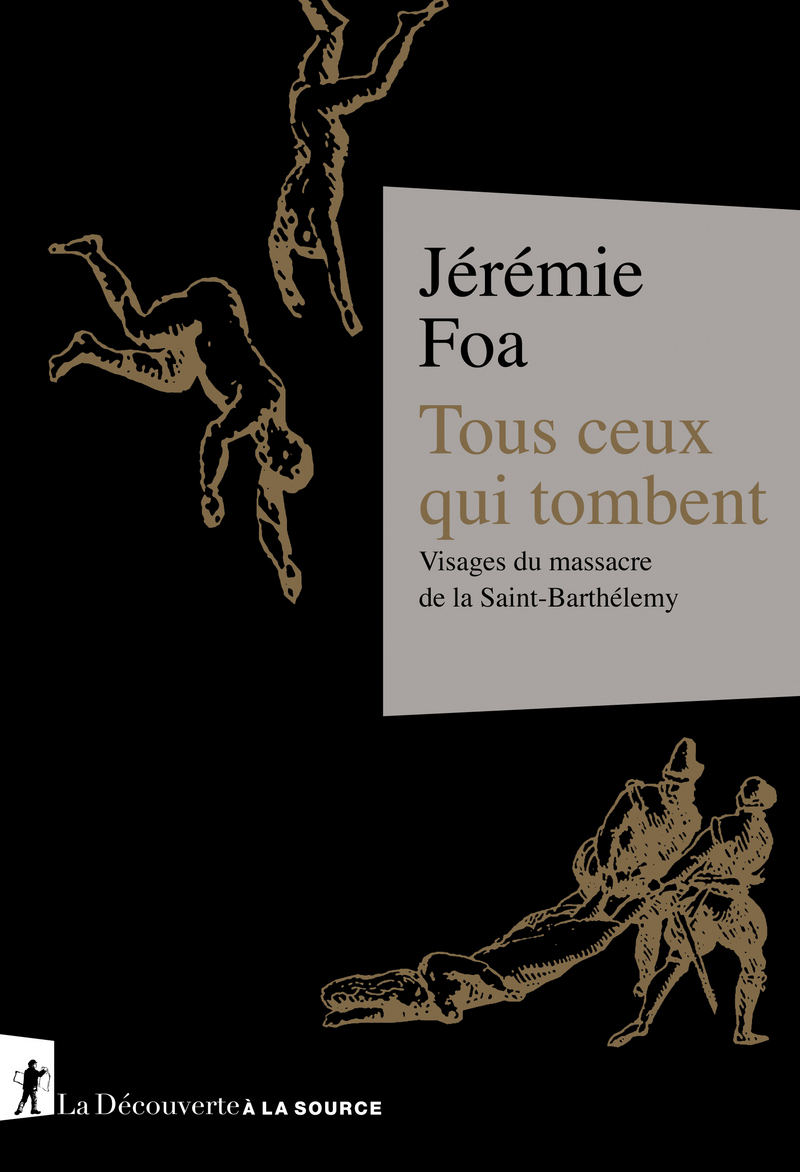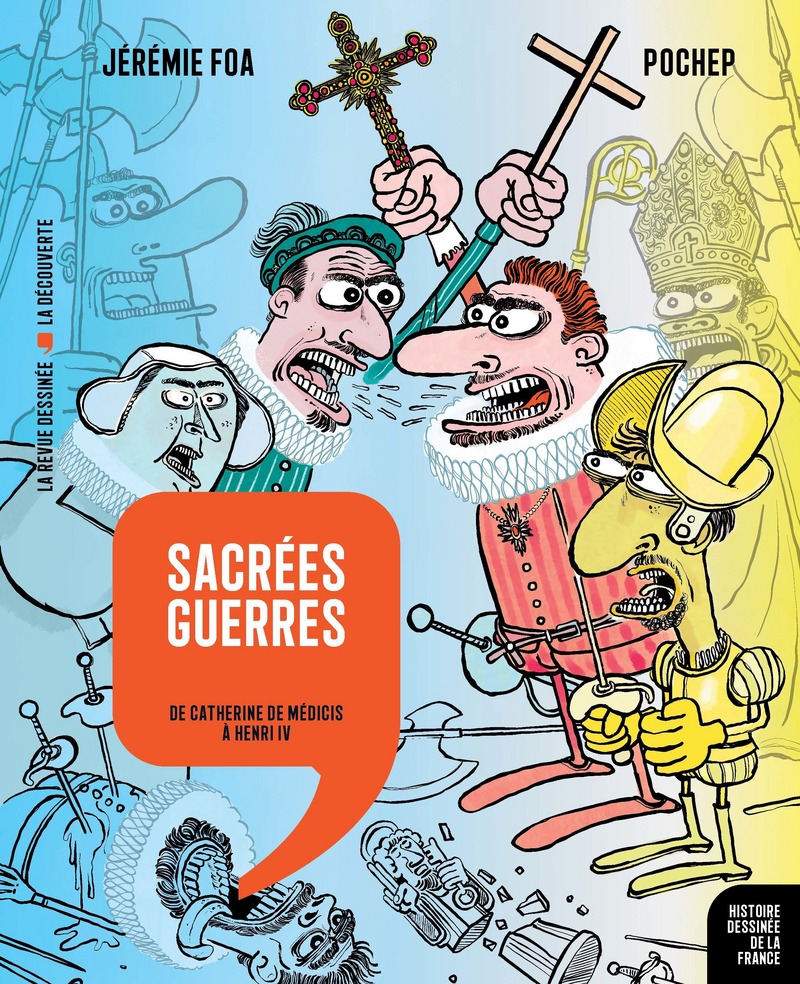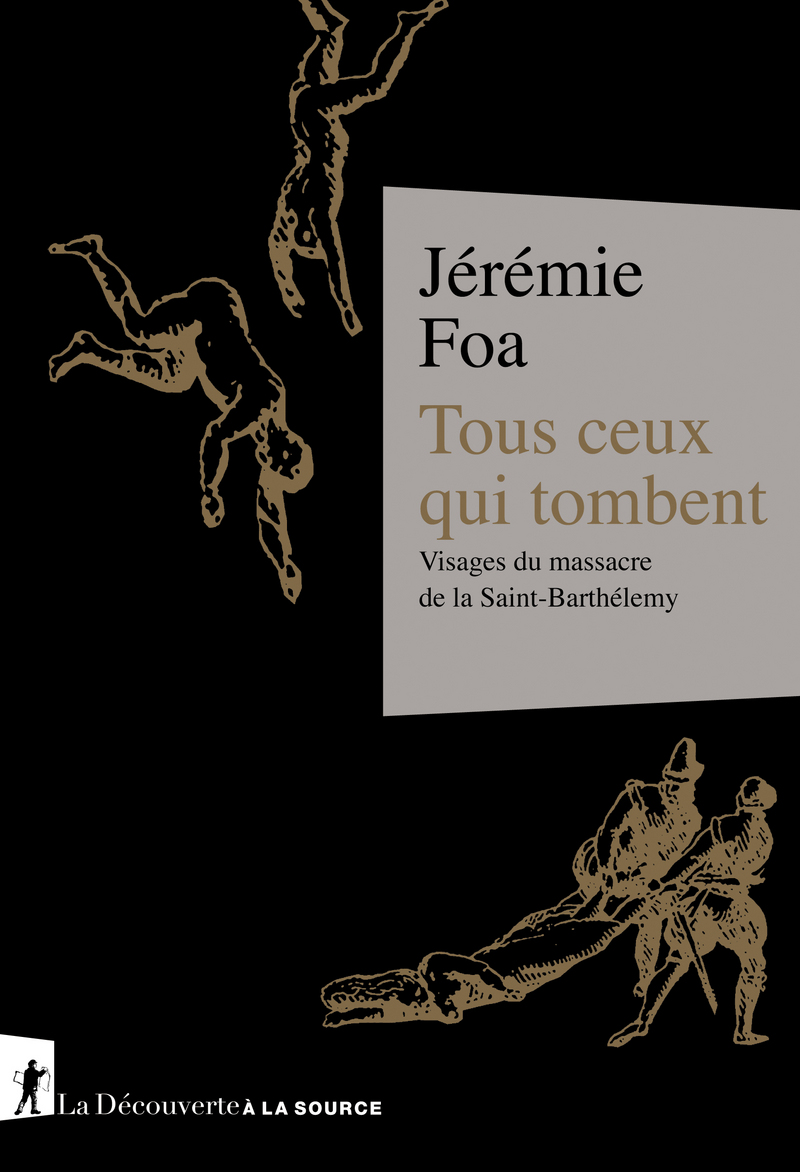Tous ceux qui tombent
Visages du massacre de la Saint-Barthélemy
Jérémie Foa
Fin août 1572. À Paris, des notaires dressent des inventaires après décès, enregistrent des actes, règlent des héritages. Avec minutie, ils transcrivent l'ordinaire des vies au milieu d'une colossale hécatombe. Mais ils livrent aussi des noms, des adresses, des liens.
Puisant dans ces archives notariales, Jérémie Foa tisse une micro-histoire de la Saint-Barthélemy soucieuse de nommer les anonymes, les obscurs jetés au fleuve ou mêlés à la fosse, à jamais engloutis. Pour élucider des crimes dont on ignorait jusqu'à l'existence, il abandonne les palais pour les pavés, exhumant les indices d'un massacre de proximité, commis par des voisins sur leurs voisins. Car à descendre dans la rue, on croise ceux qui ont du sang sur les mains, on observe le savoir-faire de la poignée d'hommes responsables de la plupart des meurtres. Sans avoir été prémédité, le massacre était préparé de longue date – les assassins n'ont pas surgi tout armés dans la folie d'un soir d'été.
Au fil de vingt-cinq enquêtes haletantes, l'historien retrouve les victimes et les tueurs, simples passants ou ardents massacreurs, dans leur humaine trivialité : épingliers, menuisiers, rôtisseurs de la Vallée de Misère, tanneurs d'Aubusson et taverniers de Maubert,
vies minuscules emportées par l'événement.

 Jérémie Foa
Jérémie Foa


Table des matières 

Prélude
La femme du commissaire
Anthoinette femme battue
Le mari de Gabrielle
Mon oncle
Vallée de Misère
Mon nom est personne
Sur le carreau
Marie Roubert de Toulouse
Les écorchés
Les grands cimetières sous la tour Eiffel
Paris entre les gouttes
Saint-Barthélemy, connais pas
Le lapsus de l'archiviste
Plaidoyer pour une balle perdue
Trois femmes
Au revoir les enfants
Sauvetages
Sauver sa peau
Un tueur à gages
Le sacrifice d'Abraham
Le petit enfant au maillot
La ruse des communards
La trahison des témoins
La mort des trois frères Sevyn
Les monstres
Sans chagrin ni pitié
Sources imprimées
Cotes et adresses des études notariales parisiennes en exercice à l'été 1572
Bibliographie sélective
Notes de fin
Remerciements.





















